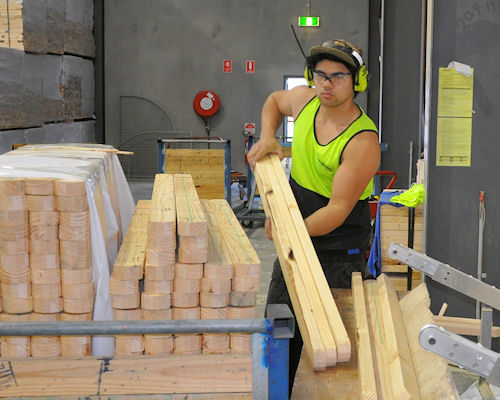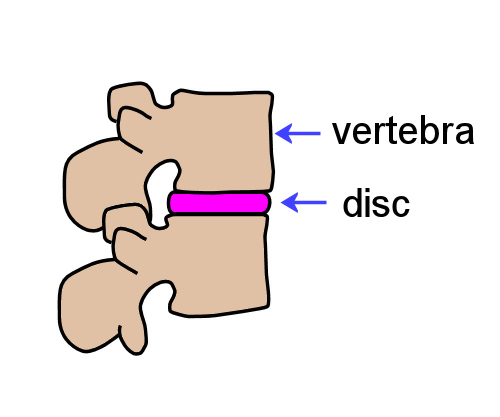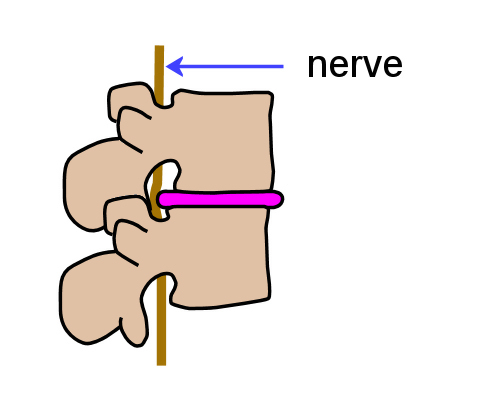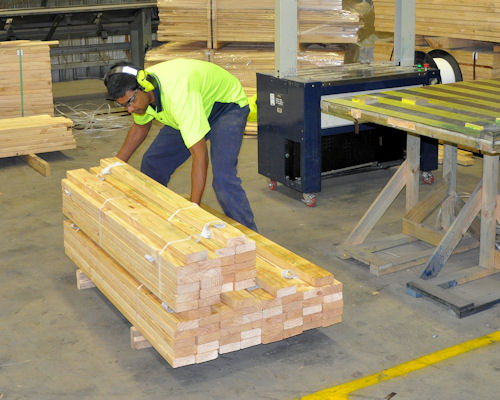Manual handling
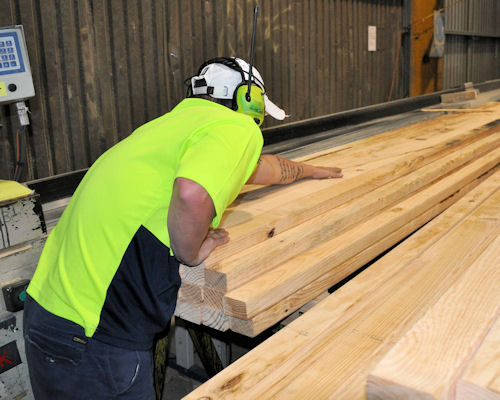 Audio for slide 2 (mp3 |6|KB)
Audio for slide 2 (mp3 |6|KB)
It's worth keeping in mind that manual handling injuries don't always result from an isolated event. That is, they're not always 'accidents' that suddenly happen without warning.
If you often use poor techniques while you're working, you can develop a chronic condition over a period of time, and in some cases, end up with permanent damage to the joints or tendons you've been over-stressing.

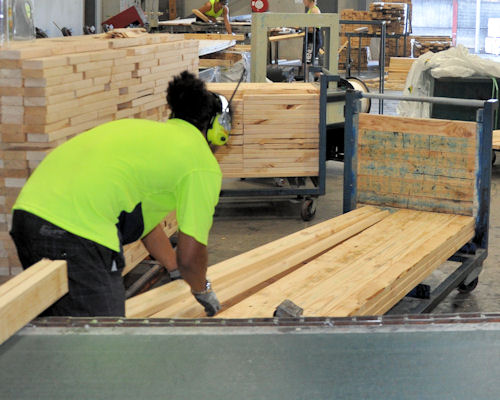 Audio for slide 3 (mp3 |6|KB)
Audio for slide 3 (mp3 |6|KB)
Looking after your back
One of the most common types of manual handling injury is back injury. This is sometimes caused by lifting a load that's too heavy, but it can also occur from pushing or pulling a load, or twisting while your back is under strain. Let's look briefly at the structure of the spine to see why your back is vulnerable to injury.

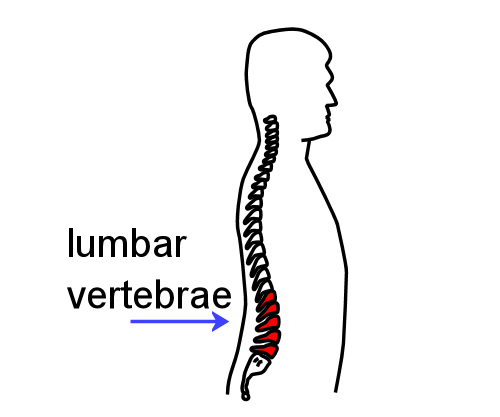 Audio for slide 5 (mp3 |6|KB)
Audio for slide 5 (mp3 |6|KB)
The real problem area for most people is the lumbar region. This is because the discs can only cope with maximum pressure when your pelvis is level and your spine is in a balanced position above it.
So when you bend forward or to one side, or twist while holding a load, you're putting uneven stresses on the discs in addition to the extra weight they have to bear.


Learning activity
Audio 8 (mp3 |6|KB)There are lots of mechanical aids designed to reduce the amount of manual handling workers need to do in the workplace. They range from expensive machines like forklifts and gantry cranes to simple devices like trolleys and rollers.
What mechanical aids do you use in your workplace? Write a list of the machines or devices you use, and beside each one state the materials or products you handle with it. Share your answers with your trainer or other learners in your group.



